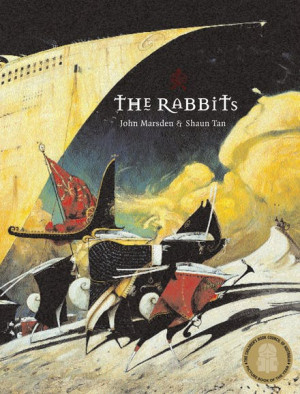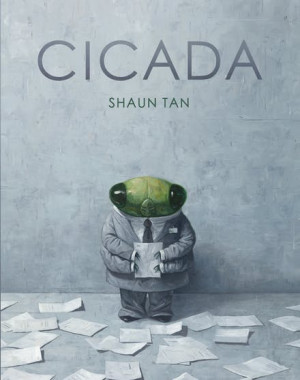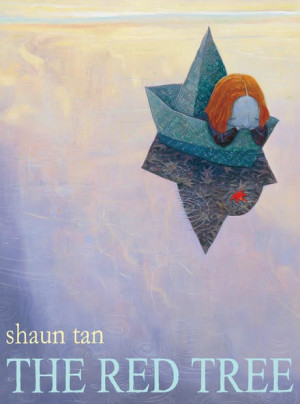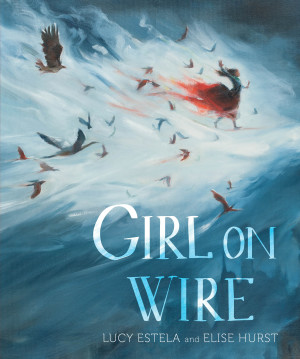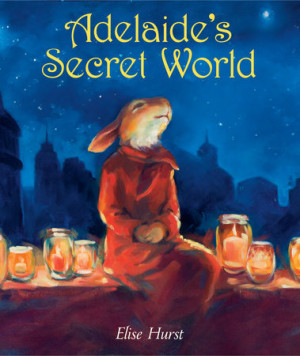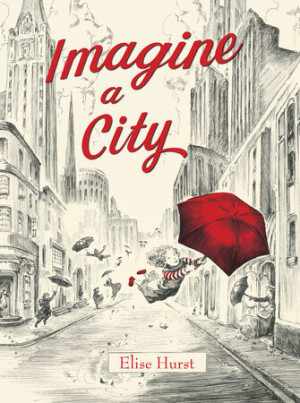

Telling the whole story with pictures
What’s in the Video?
Most picture books use a combination of words and illustrations to tell a story. But books with NO words at all can still give us wonderful story journeys using only pictures. Explore the amazing world of WORDLESS STORIES in this inspiring lesson.
Video Chapters:
00:00 Introduction
00:23 Meet the creators
01:26 How to create your own wordless stories
05:11 Are there technical elements to keep in mind
08:47 What is the process to create a wordless story
11:23 Final words of advice
12:41 Here’s what we’ve learned
 Learning Intentions
Learning Intentions
LEARNING INTENTIONS:
1. Learning about visual stories, and how to communicate ideas visually.
2. Exploring wordless stories, and the visual features needed to create and decode them.
SUCCESS CRITERIA:
1. Completed a short wordless story using the techniques of visual storytelling.
2. Read a wordless story created by a peer and provided an interpretation for that story.
 Discussion Questions
Discussion Questions
PRE-VIDEO:
Do you think it’s possible to tell or make a story without using any words? What are some of the ways that you might do this?
Have you ever read a picture book or a comic (either a whole book or part of a book, or even a single page) that has NO words at all? How did you know that the images were part of a story? Could you tell what story they were trying to tell? How did you do this?
POST VIDEO:
Elise told us that wordless stories are exciting because no-one is explaining anything to us, and the creator has left gaps to be filled by us. What do you think she means by ‘gaps to be filled’?
Elise also said that the meaning in her pictures can change depending on who is looking at them, and how the viewer INTERPRETS the pictures. What do you think she means by this? How might the same image be INTERPRETED in different ways by different people?
Shaun said, ‘when we see a series of pictures … our minds cleverly guess what might be happening and what characters are thinking, saying or feeling.’ Why do you think we can ‘guess’ some of these things when we look at a series of pictures without words? What sorts of things does our brain look for to make these guesses?
Shaun showed us an example of a series of images from his book ‘The Arrival’. Do you remember what these images were? (NB – replay this part of the video or show the example from a copy of the book if available.)
Elise talked about one of the important technical elements of visual stories, called VISUAL CLUES. She explained that these could be details in the characters or environment that push the reader to ask questions. Do you remember the example that she showed from her book, ‘The Storytellers Handbook’? (NB – replay this part of the video or show the example from a copy of the book if available.)
What sorts of clues are in this image?
What sorts of questions might you ask about it?
Shaun talked about FRAMING, another important element of visual stories, which is what you choose to show and what you don’t show. Can you remember the example Shaun gave from ‘The Arrival’?
Shaun then mentioned SEQUENCING, which is where a series of a few images can show an event or the passing of time. What example did he give us? What other sorts of things might you show in a series or sequence of images without words?
 Curriculum Links
Curriculum Links
ENGLISH Year 5-6
Language:
● Text structure and organisation: AC9E5LA03, AC9E6LA03
● Language for expressing and developing ideas: AC9E5LA07, AC9E6LA07
Literature:
● Examining literature: AC9E6LE04
● Engaging with and responding to literature: AC9E5LE02, AC9E6LE02
● Creating literature: AC9E5LE05, AC9E6LE05
Literacy:
● Analysing, interpreting and evaluating: AC9E5LY03, AC9E6LY03, AC9E5LY05,
AC9E6Y05
● Creating texts: AC9E5LY06, AC9E6LY06
LITERACY
Reading and viewing:
● Understanding texts: Comprehension: Level 7-8
CREATIVE AND CRITICAL THINKING
Generating:
● Create possibilities: Level 4
Reflecting
● Transfer knowledge: Level 4









